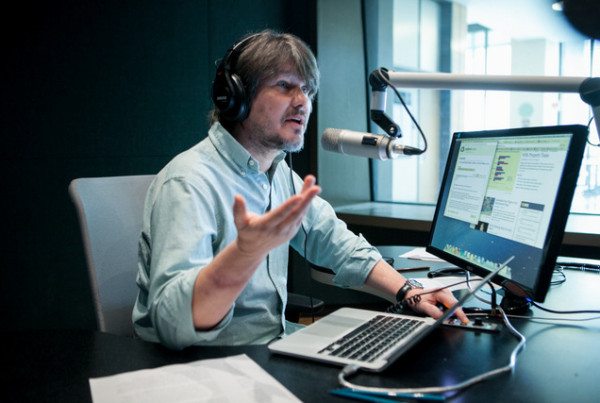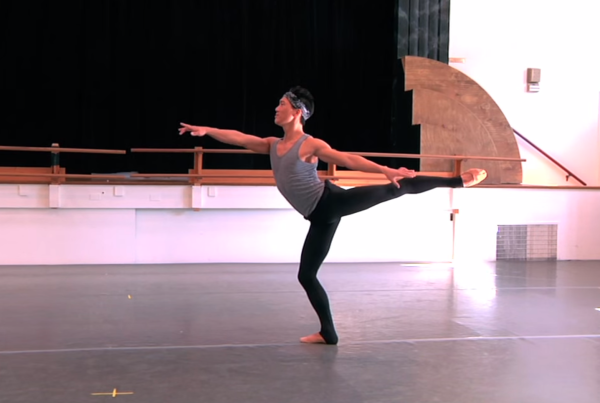There’s a raft of unanswered questions about mass graves in South Texas, near the border in and around the city of Falfurrias, discovered in 2013 by a forensic anthropologists. Buried remains – more than 50 bodies – were scattered and unmarked. Bones from multiple bodies were buried together, sometimes multiple bodies in the same bags.
In 2014, the Texas Rangers published a report on the shocking situation, with the conclusion that there was “no evidence” of wrongdoing in the handling of migrant remains in Brooks County. Consequently, they closed the investigation. Over a year later,the Texas Observer‘s John Carlos Frey decided to take a deeper look at the situation – and found new evidence indicated violations of the law.
Bodies were buried only four inches below the soil or buried without any container whatsoever, says Frey – basically just laid in the ground. Many of the bodies had no markers or forms of identification. Because there wasn’t a plot plan, the bodies were buried in all kinds of different directions.
Frey says all of those things violate the law.
“It’s shocking actually that there was no criminal investigation when me, someone who’s not even a lawyer, found various violations of law,” he says.
The Texas Rangers are generally considered to be an elite investigations unit in Texas, but Frey thinks theirs was a “pretty shoddy investigation.” They took two days to investigate, which consisted of a few telephone calls and interviewing local officials. In that time, the Rangers also wrote up a four-page report that outlined their findings.
“It doesn’t look like they took their time and effort to find out what had happened,” Frey says.
The investigation was initially called by State Sen. Juan Hinojosa, representative for the area, because of the way the bodies were prepared. Evidence showed that multiple bodies were put in bags and skulls were lumped together with bones from other bodies. Although that’s not a violation of Texas law, Frey says, the depth in which the bodies were buried – the lack of ID markers, grave markers or plot plans and the lack of a container for some bodies – were.
“Apparently the Texas Ranger didn’t take a look at those particular violations,” he says. “These are unidentified human remains, and the reason that they were exhumed is because the forensic anthropologists who volunteered their time from Baylor University and from Indianapolis University knew that the bodies were not prepared properly.”
For the Texas Rangers, this investigation is a closed case. But for Frey, there’s still much to be done. He’s making all of his findings of violations of law public, though it’s not clear if the investigations will reopen.















